The content of the article
Eyebright is a weed that grows everywhere in the steppes of the CIS countries. In the people, it got its name due to the ability to effectively cure diseases of the eyes and restore lost vision.
However, these are not the only healing properties of eyebright, therefore, the herb is actively used in traditional medicine and the pharmaceutical industry. Using herbal preparations for self-treatment, it is important to remember that each plant has its own contraindications and side effects.
Eyebright - the source of rare elements
Universal grass can affect various internal systems and organs. The diversity of eyebrows is due to its amazing rare composition:
- essential oils;
- fixed oils;
- coumarins;
- resins;
- bitterness;
- glycosides;
- flavonoids (apigenin, quartzetin and others);
- saponins;
- anthocyanins;
- organic acids (ferulic, caffeic, and others);
- tanning components;
- macro- and microelements (copper, manganese, chromium, magnesium, silicon, etc.).
Tannins have astringent and anti-inflammatory properties, due to which a decoction of grass is effective for diseases of the oropharynx and nasopharynx, upper respiratory tract, colds.
Flavonoids tone up the heart muscle, strengthen the walls of blood vessels, increase their elasticity. Regular consumption of eyebright reduces the risk of sclerotic lesions, the formation of cholesterol and atherosclerotic plaques.
Organic acids stimulate the immune system, helping the body more effectively fight pathogenic microflora. They also reduce inflammation, bind and excrete carcinogens, radionuclides, heavy metal salts and toxins.
Rare trace elements such as silicon, chromium and copper accelerate the recovery processes, cell regeneration and renewal. They also affect the synthesis of various hormones and enzymes.
Cardiac glycosides quickly lower blood pressure and calm the pulse. Eyebright extract constricts blood vessels, stabilizes the work of the heart muscle.
Medicinal properties
Medical treatises have accumulated the following information about the properties of eyebright:
- Anti-inflammatory (reduces the focus of damage, redness, itching and pain, flushing, swelling).
- Antispasmodic (effectively combats the pain of a spasmodic nature, for example, intestinal colic, menstrual and headaches).
- Enveloping (creates a thin protective film on the mucous and skin, preventing the penetration of harmful microorganisms and infections, reducing the negative effects of an acidic environment).
- Hypotensive (effectively reduces blood pressure, producing prevention of hypertension).
- Sedative (soothes and relaxes the nervous system, adjusts the body to quickly fall asleep and prolonged deep sleep).
- Immunomodulatory (vitamins, antioxidants and organic acids stimulate the production of white blood cells - white blood cells that are responsible for the immune response).
- Decongestant (decoction of eyebright allows you to remove excess fluid from the body, thereby losing generalized edema).
Also decoction of eyebright, taken inside, produces the following effects:
- regulates blood flow and qualitative composition of blood;
- reduces pressure in the eyeballs;
- treats respiratory diseases (pneumonia, asthma, tonsillitis, tonsillitis, etc.);
- stimulates appetite;
- treats diseases of the digestive tract (enterocolitis, jaundice, gastroenteritis, hepatitis, cirrhosis and others);
- helps fight rheumatism;
- alleviates the condition of an allergic reaction;
- improves memory and concentration;
- reduces the frequency and severity of epilepsy seizures;
- effectively fights gout.
Restores the work of the stomach and intestines, fights against constipation and diarrhea, nausea and vomiting, reduces the acidity of the stomach.
Weaken the symptoms of colds (for example, cough, runny nose, inflammation of the nasopharynx, sore throat, etc.).
Baths, applications and poultices based on eyebright extract promote healing and tissue regeneration for skin diseases. Such local therapy allows to get rid of the following pathologies:
- pustular lesions, furunculosis;
- lesions of the oral mucosa (stomatitis, herpes, candidiasis, glossitis, abscess, periodontal disease);
- allergic diathesis;
- eczema;
- scrofula;
- abscess;
- warts;
- dermatosis, neurodermatitis and acne;
- skin tuberculosis and others.
Also, a decoction of the plant can wash your hair to strengthen the hair follicles, stimulate hair growth and reduce their loss. Long-time applications based on eyebright extract helped with focal alopecia, seborrhea, dandruff and fungal scalp damage.
Eyebright in Ophthalmology
Since the earliest times, decoction and herb extract have been used to reduce inflammation of the eyes and eyelids. Eyebright quickly neutralized the manifestations of conjunctivitis and barley, relieved eye fatigue and reduced intraocular pressure.
Modern pharmacology uses the healing properties of the plant to combat such eye diseases:
- inflammation of the lacrimal sacs and glands;
- spots on the cornea, cataracts;
- blepharitis;
- dacryocystitis;
- glaucoma;
- trachoma;
- decrease in visual acuity (including age);
- restoration of the eyeball after mechanical injuries and operations.
For the treatment of eye diseases, eyebright is used in a complex.Inside you need to take powders, teas and infusions from the plant. External application involves the imposition of compresses and applications of decoction of eyebright.
Some plants (chamomile, calendula, fennel) reveal and enhance the ophthalmic properties of eyebright. Together they are used to restore visual acuity in myopia and hyperopia.
Features of use and contraindications
After collecting the raw materials are sorted and dried (to protect from sunlight). Dry collection should be stored in a cardboard box or paper away from sources of moisture and heat.
Dried leaves, stems and flowers are used to make a decoction, and also ground to powder, on the basis of which infusion is made, applications and compresses.
As for contraindications, ochanka contains extractive substances and esters that can cause serious harm to health.Grass is not recommended for use in the case of:
- pregnancy and lactation;
- age up to 3 years;
- low pressure;
- exacerbation of systemic diseases;
- kidney and excretory diseases;
- rehabilitation after major surgery;
- acute food poisoning, toxicosis;
- allergy to eyebright or other medicinal herbs;
- reduced acidity of the stomach.
If you apply caution and do not exceed the allowable dosage, it will reveal its beneficial properties without harming the body. In any case, before the start of home herbal medicine, you should consult with your doctor.
Video: eyebright

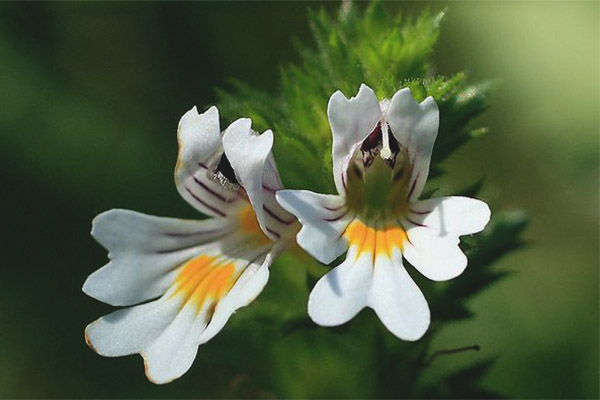



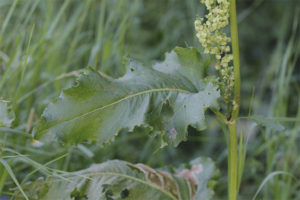
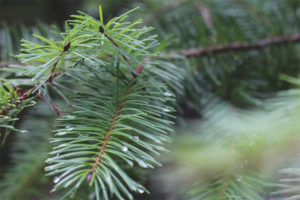


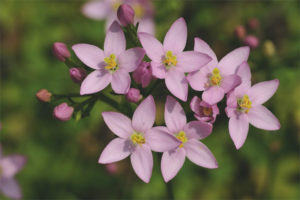
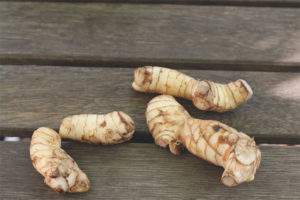
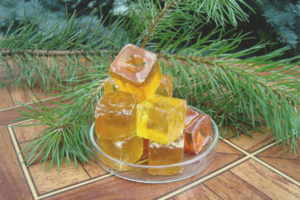
To send